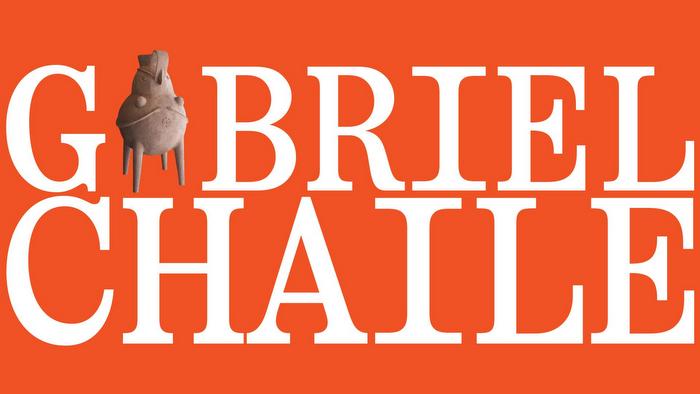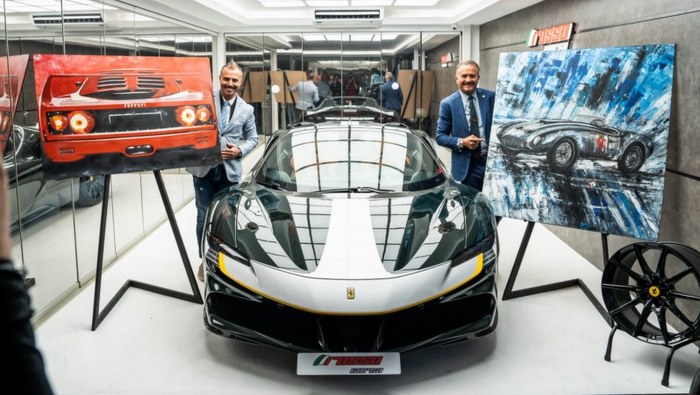As part of the public programs for the exhibition Under the Same Sun: Art from Latin America Today at New York's Guggenheim Museum, Tania Bruguera recently spoke about her work in a conversation with U.S. performance artist Karen Finley. Her comments offered a revealing look at her artmaking over the years, and how her thinking about it has evolved.
Bruguera came to the U.S. to enroll in an MFA program at the Art Institute of Chicago—“the only place they were teaching performance,” she said. But she had a “highly problematic relationship” to the school’s “North American-centric” perspective. As a result of her experiences there, she said, “I stopped calling myself a performance artist.”
Instead, she called what she does “arte de conducta”—behavior art, or conduct art. “And I always say it in Spanish,” she said, “because I wanted, as a calculated attitude, to force people in the art world to say it in Spanish, instead of me trying to use English to describe everything that my work is about.” She sees her work as aligned with “a tradition in performance that works with behavior,” citing Vito Acconci and other artists.
The conversation moderator, Christina Yang of the Guggenheim, showed a video clip from an early Bruguera work, Cabeza abajo (Head Down, 1996), a performance inspired by a poem by Carlos A. Alfonso. Bruguera was a little disconcerted to see it. “When I was doing that work,” she said, “I was trying to mobilize the public as one of my tools, to work with the idea of a universal symbol as a way of trying to escape the borders of the actual moment I was working in. And then I realized that that was not the way I wanted to go. So I never showed this piece. So it’s kind of weird to see it now,” she said with a laugh. “I even think it’s a wrong kind of work.”
“I have the naïve idea that art can change reality,” she said. “It’s very rare, but I’ve seen it happen. As an artist, you need to have a lot of patience, and a sense of how long it takes for real change to happen.” An example of that is Bruguera’s Immigrant Movement International project, started in 2011 with support from the arts organization Creative Time and the Queens Museum. That project is ongoing and is expected to continue into next year. This engagement has helped shape Bruguera’s thinking about what she calls arte útil—“útil as useful,” she said, “but also as a tool.”
The Francis Effect (2014), Bruguera’s performance work for Under the Same Sun, also takes the global immigrant population as its focus. Bruguera and her associates stand in front of the museum, canvassing passers-by in an attempt to accumulate 10,000 signatures asking Pope Francis to grant Vatican City citizenship to immigrants.
Bruguera and her associates will perform The Francis Effect through the run of the Under the Same Sun exhibition, which ends October 1.
Source: Cuban Art News
Publicaciones relacionadas

Próximamente "Margaret Whyte - Tiempo de escuchar"
Noviembre 01, 2024

















